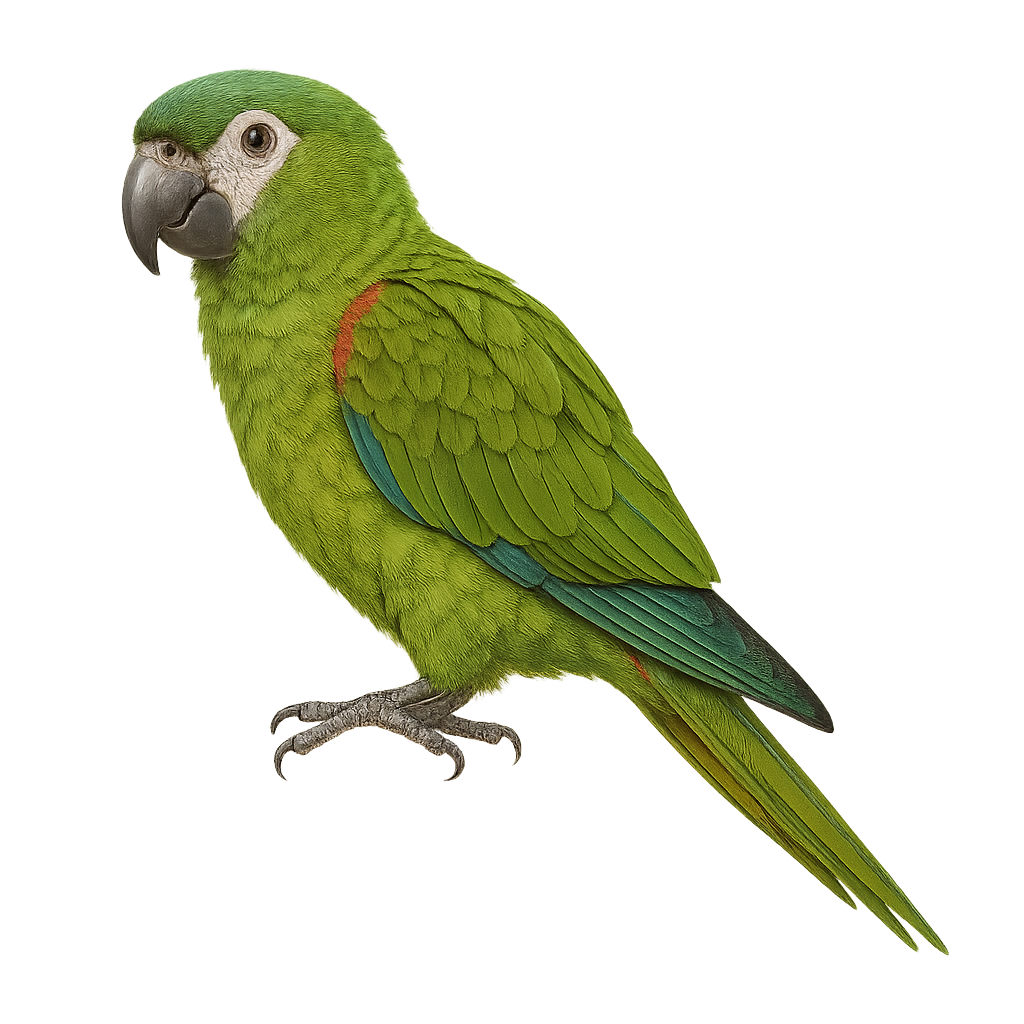Your wildlife photography guide.
Explore the red-shouldered macaw in detail, study its behavior, prepare your shots.
Where to observe and photograph the red-shouldered macaw in the wild
Learn where and when to spot the red-shouldered macaw in the wild, how to identify the species based on distinctive features, and what natural environments it inhabits. The WildlifePhotographer app offers tailored photography tips that reflect the red-shouldered macaw’s behavior, helping you capture better wildlife images. Explore the full species profile for key information including description, habitat, active periods, and approach techniques.
Red-shouldered Macaw
Scientific name: Diopsittaca nobilis

IUCN Status: Least Concern
Family: PSITTACIDAE
Group: Birds
Sensitivity to human approach: Suspicious
Minimum approach distance: 5 m
Courtship display: February to May
Incubation: 24-26 jours
Hatchings: March to June
Habitat:
Tropical forests, savannas, wooded areas
Activity period :
Primarily active during the day, with peak activity in the morning and late afternoon.
Identification and description:
The Red-shouldered Macaw, or Diopsittaca nobilis, is a small, colorful parrot native to South America. It is distinguished by its bright green plumage, red shoulders, and black beak. Measuring about 30 cm in length, it is one of the smallest macaws. Its natural habitat includes tropical forests, savannas, and wooded areas. The Red-shouldered Macaw is known for its intelligence and ability to mimic sounds. It lives in social groups and primarily feeds on seeds, fruits, and nuts. Although often kept as a pet, it requires special attention and a stimulating environment to thrive.
Recommended lens:
400 mm – adjust based on distance, desired framing (portrait or habitat), and approach conditions.
Photography tips:
To photograph the Red-shouldered Macaw, it is advisable to use a telephoto lens of at least 400mm to capture detailed images without disturbing the bird. Look for it in tropical forests or savannas where it is most active during the day. Be patient and discreet, as these macaws can be suspicious. Try to capture moments when they interact socially or feed, as this can reveal interesting behaviors. The natural light of the morning or afternoon can enhance the quality of your photos by bringing out vivid colors and contrasts.
The WildlifePhotographer App is coming soon!
Be the first to explore the best nature spots, track rutting seasons, log your observations, and observe more wildlife.
Already 1 432 wildlife lovers subscribed worldwide

